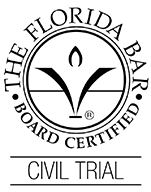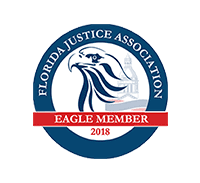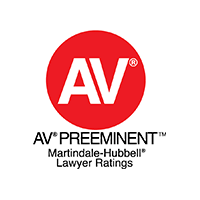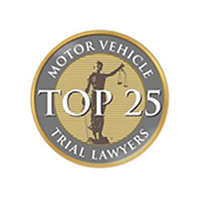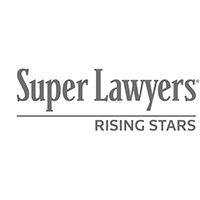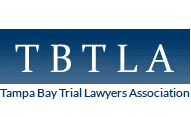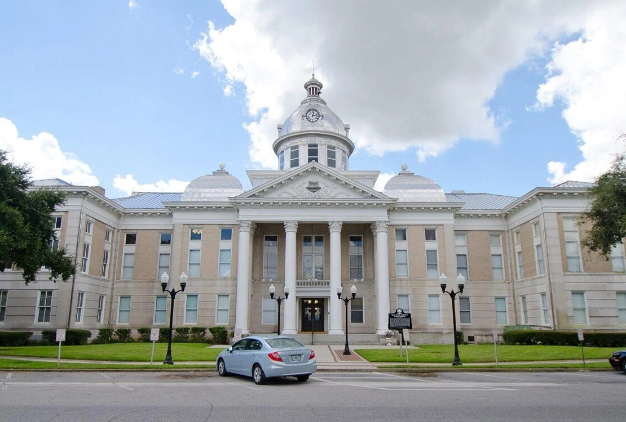Traffic Signals and What They Mean
If a traffic signal is out of order and law enforcement is not present, treat the light/intersection as a four-way stop sign.
When driving, keep to the right lane and use the left lane for overtaking. If the road has three lanes, the rightmost lane should be used for slower speeds, and the leftmost for passing. In Florida, it’s generally permissible to turn right on red at intersections after a complete stop, unless there’s a “NO TURN ON RED” sign present.
Four-way stop
Traffic from all four directions must stop. Vehicles proceed through the intersection in the order that they arrived at the intersection; the first vehicle to reach the intersection should move forward first. If vehicles arrive at approximately the same time, each driver must yield to the drivers on their right.
Steady Signal Lights Red Light
• Come to a complete stop at the stop line. Remain stopped until the light turns green.
• Don’t stop too far away from the stop line. Some signals change only when their sensors detect vehicles at the stop line.
• After stopping, you may turn right if there is not a NO TURN ON RED sign and the way is clear.
• You may turn left from a one-way street onto a one-way street that has traffic moving to the left.
• Before turning, you must yield the right-of-way to pedestrians in the crosswalk and oncoming traffic.
Yellow Light
• Warning—the light is changing to red. • Stop if you can safely do so.
Red Arrow
• Do not make the movement shown by the arrow until the green light appears.
• After stopping, you may turn right if there is not a NO TURN ON RED sign and the way is clear.
• You may turn left from a one-way street onto a one-way street that has traffic moving to the left.
• You must yield the right-of-way to pedestrians in the crosswalk and oncoming traffic.
Yellow Arrow (steady)
• The green arrow is ending or the light is about to turn red. • Stop if you can safely do so.
Yellow Arrow (flashing)
• Turns are allowed in the direction of the arrow.
• The oncoming traffic has a green light. Yield to oncoming traffic and pedestrians.
Flashing Signal Lights
Most Floridians are familiar with the sight of a lighted intersection that has both red and yellow flashing lights. This often occurs following power outages during hurricane season. Many accidents occur as a result of people not understanding how to proceed when both yellow and red lights are flashing at a given intersection.
Flashing Red Light. Used at dangerous intersections. Treat it like a stop sign; stop and proceed when safe.
Flashing Yellow Light. Used at, or just before, dangerous intersections. Also used to alert you to a warning sign such as a school crossing or sharp curve. Proceed with caution.
- Speed Limits
- Speed limit signs tell you the maximum safe speed when both weather conditions and visibility are favorable.
- Florida Standard Speed Limits
- School Zones 20 MPH
- Municipal, Business, or Residential Area 30 MPH*
- Streets and Highways 55 MPH*
- Expressways, Interstate Highways, turnpikes, Toll Roads, and Freeways 70 MPH [1]
- On highways, when the posted speed limit is 70 MPH, the minimum speed limit is 50 MPH.
Passing
- You must activate your signal before moving into the left lane to let others know that you are about to change lanes to pass.
- Tap your horn (day) or flash your headlights (night) to let the other driver know you are passing.
- Do not return to the right side of the road until you can see the tires of the vehicle you passed in your rearview mirror.
- Signal when you are about to return to your lane.
- You must return to the right side of the road before coming within 200 feet of any approaching vehicle.
- Do not attempt to pass more than one vehicle at a time. Stay within the speed limit. It’s illegal to exceed the speed limit while passing.
- Passing on the Right Passing on the right is only legal when there are two or more lanes of traffic moving in the same direction or the vehicle you are passing is making a left turn.
Passing is not permitted in the following situations:
– where there is a single solid line, or double-sided solid line dividing lanes;
-when the double-sided yellow line is solid in your lane;
-in Do Not Pass and No Passing zones;
-on hills or curves where you can’t see at least 500 feet ahead;
-within 100 feet of a bridge, viaduct, tunnel, railroad crossing, or intersection;
-when a school bus is stopped and has its warning flashers on and stop sign extended; and
-at crosswalks where a vehicle has stopped to allow a pedestrian to cross.
Being Passed
- You must not increase your speed while you are being passed. Move to the right side of your lane to give passing drivers more room and a better view of the road ahead.
Frequently there are disputes over which driver is at fault for a Lakeland car accident. The crucial determination of fault may very well hinge upon lesser-known laws governing the road. Also, Florida is a pure comparative negligence state; even if you are partially at fault for a traffic crash, you are entitled to compensation for the percentage of damages attributed to the other driver. Should you have questions over who was at fault for injuries sustained in a motor vehicle crash, contact our office at 1-800-ASK-DAVE. We’re here to help.


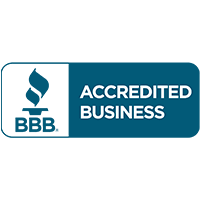
![cftla-member[2]](https://www.1800askdave.com/wp-content/uploads/2022/03/cftla-member2.png)
![cftla-member[3]](https://www.1800askdave.com/wp-content/uploads/2022/03/cftla-member3.png)

